
A Celebration of Pasta – Cacio e Pepe
Hey Broke Foodies,
Clap, Clap – BRAVO … it’s a “Celebration…… of Pasta“! (you know I can’t help throwing in a few good Drake lyrics). The following post is my entry for The 2018 Houston Pasta Blogger Competition sponsored by IACC. The winner will receive a trip to Italy for two!!!! I studied abroad in Sicily in 2012 and have been intrigued by Italian culture ever since! The food, the people, the places, and the VIBES are all an unforgettable experience. Regrettably, I never got the chance to visit mainland Italy, when I read about this competition I knew I had to enter!
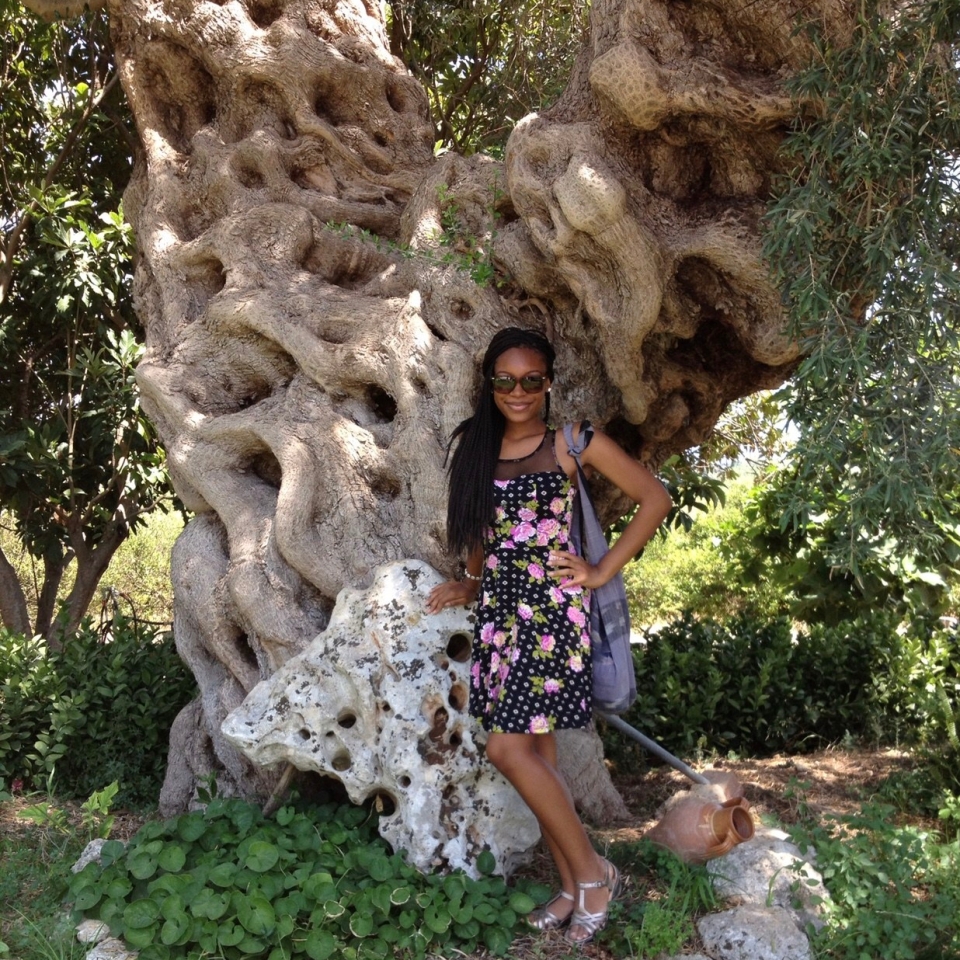
You don’t have to enter the competition to have all the fun, you can get in on all the pasta-bilites at A Celebration of Pasta, Italy’s gift to the world on May 20th! The event will have food and wine tastings from over 20 of Houston’s top restaurants!
Authentic Italian Table:
A Celebration of Pasta, Italy’s gift to the world!
Sunday, May 20, 2018
2-5 p.m.
Bayou City Event Center
9401 Knight Road
Houston TX 77045
$35 per person
Click here for event registration info.
From bucatini to tortellini , cannelloni to rigatoni, gemelli to vermicelli, and all those in between . There are hundreds of pasta shapes, types, and varieties all over the world today. Ironically, the origins of pasta aren’t as cut and dry as it’s namesake!
Although we normally think of pasta as an Italian staple, archaeological research has confirmed that the first noodle was actually created in central Asia and was made of rice. After that, the history is very unclear. The way pasta reached Europe from Asia is still an on going mystery. Regardless, Italians quickly personalized their pasta with flour made from durum wheat. Durum wheat’s abundance, high gluten content, and shelf stability made it an ideal ingredient in times where refrigeration and preservatives weren’t available.
Cacio e Pepe, which literally means “pecorino” and “pepper” in Roman dialect, is one of the most iconic dishes of the Roman Empire and Italian cuisine. The ancient pasta dish is made with only three ingredients : high quality pecorino romano – a sheep’s milk cheese that is one of my absolute favorites, freshly ground black pepper, and spaghetti. THAT’S IT! – It’s a super simple dish which is why cacio e pepe was the staple meal of most Roman shepherds. The spaghetti provided carbs and energy, pepper generated body heat in cold temps, and the pecorino provided protein power. The ingredients were also easy to carry and hard to spoil!
Now, I know you must be thinking, “How can one make something so tasty without butter or cream?” The secret is the starch in the pasta water. Hot boiling pasta water is added to the pecorino romano to create a creamy,cheesy sauce with a little kick. Cacio e Pepe is basically Italian mac n cheese and I loooveee mac n cheese ! Simple & delicious.
Cacio e Pepe has become the new hot dish in the U.S. over the past few years. It is served at local Houston favorites like Coltivare, Radio Milano, Grotto Ristorante and many more. I decided to try my hand at the Italian style mac n cheese for myself using Leonardo Vignoli’s recipe. It was my first time making cacio e pepe, here is my cooking adventure.
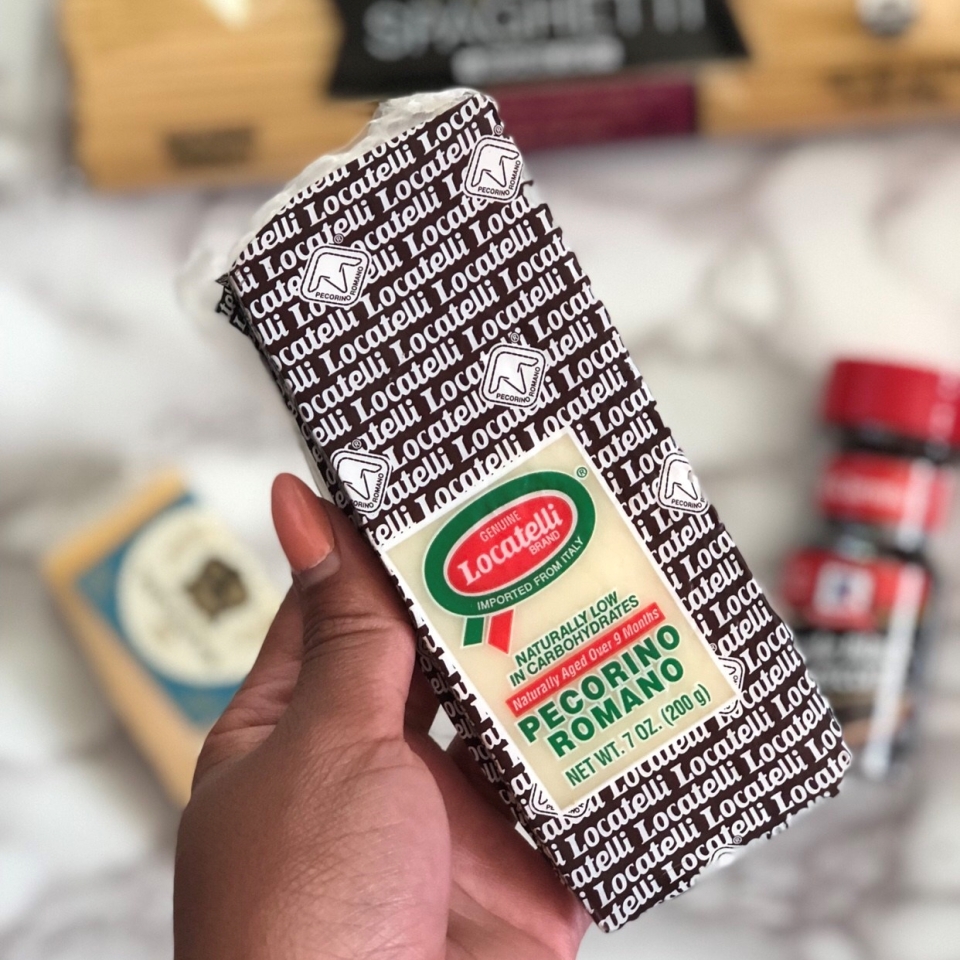
I picked up my ingredients from my local HEB. In hindsight, I would go to Whole Foods or a specialty store to get a higher quality pecorino romano. WARNING: Pecorino Romano is expensive! This little 7 oz piece ran me $8 dollars. My recipe called for 16 oz of cheese total so I cut a corner and used parmesan for the remainder. I really don’t think it changed the flavor profile too much. I also picked up spaghetti and black peppercorns – make sure you have a spice grinder on hand! The total for all the ingredients was $16.68.
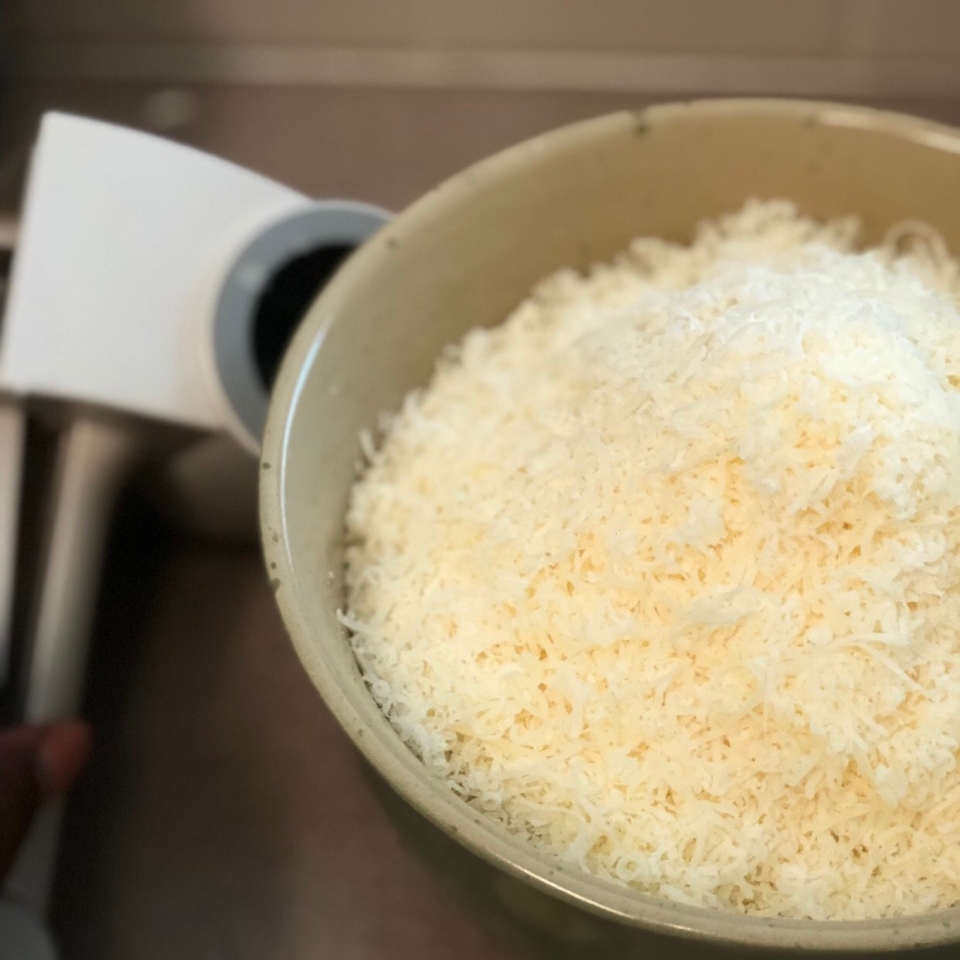
I didn’t cut any corners when it came to grating the cheese. Pecorino Romano and parmesan are both hard cheese so it takes some MUSCLE. I found that a hand cheese grater works better than a standing one. It’s definitely the most time consuming and difficult part of the recipe but it’s worth while! Grated store bought cheese has preservatives and other additives that will diminish the taste and compromise your sauce.
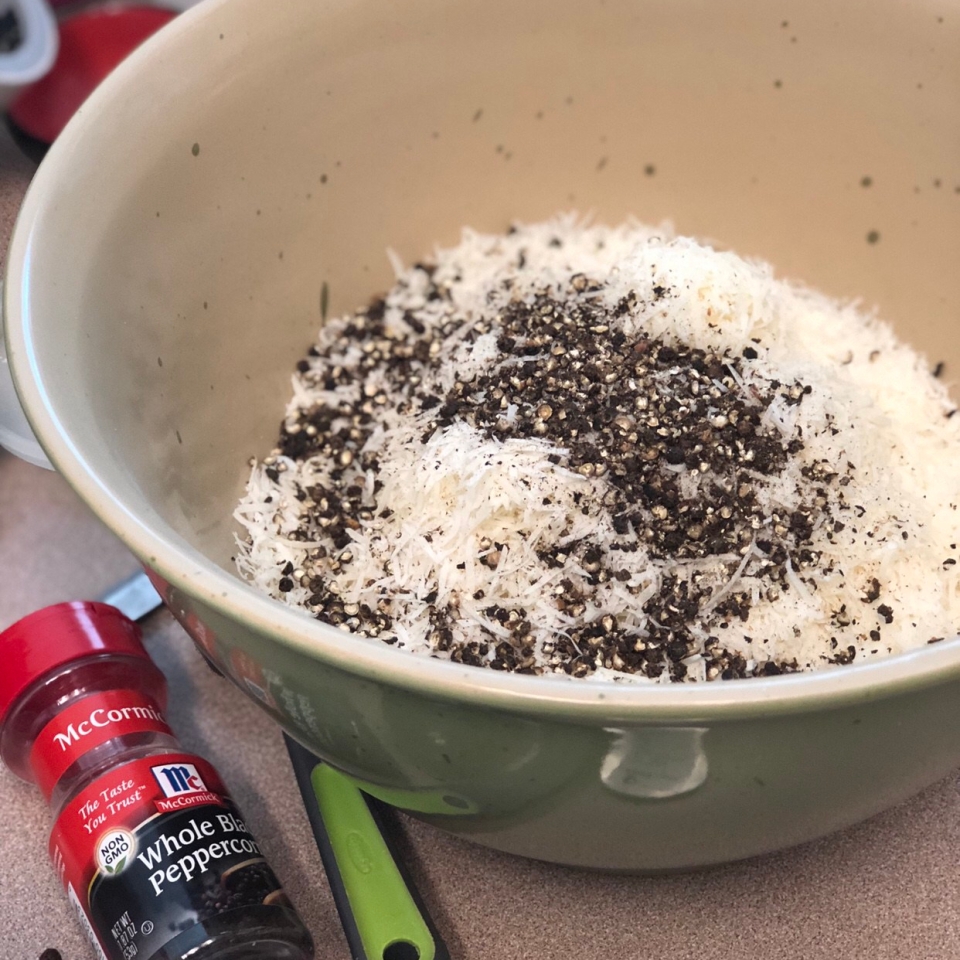
Next, turn on your pot of water for the spaghetti and salt liberally. While that’s starting to boil you can grind your peppercorn into the grated cheese.
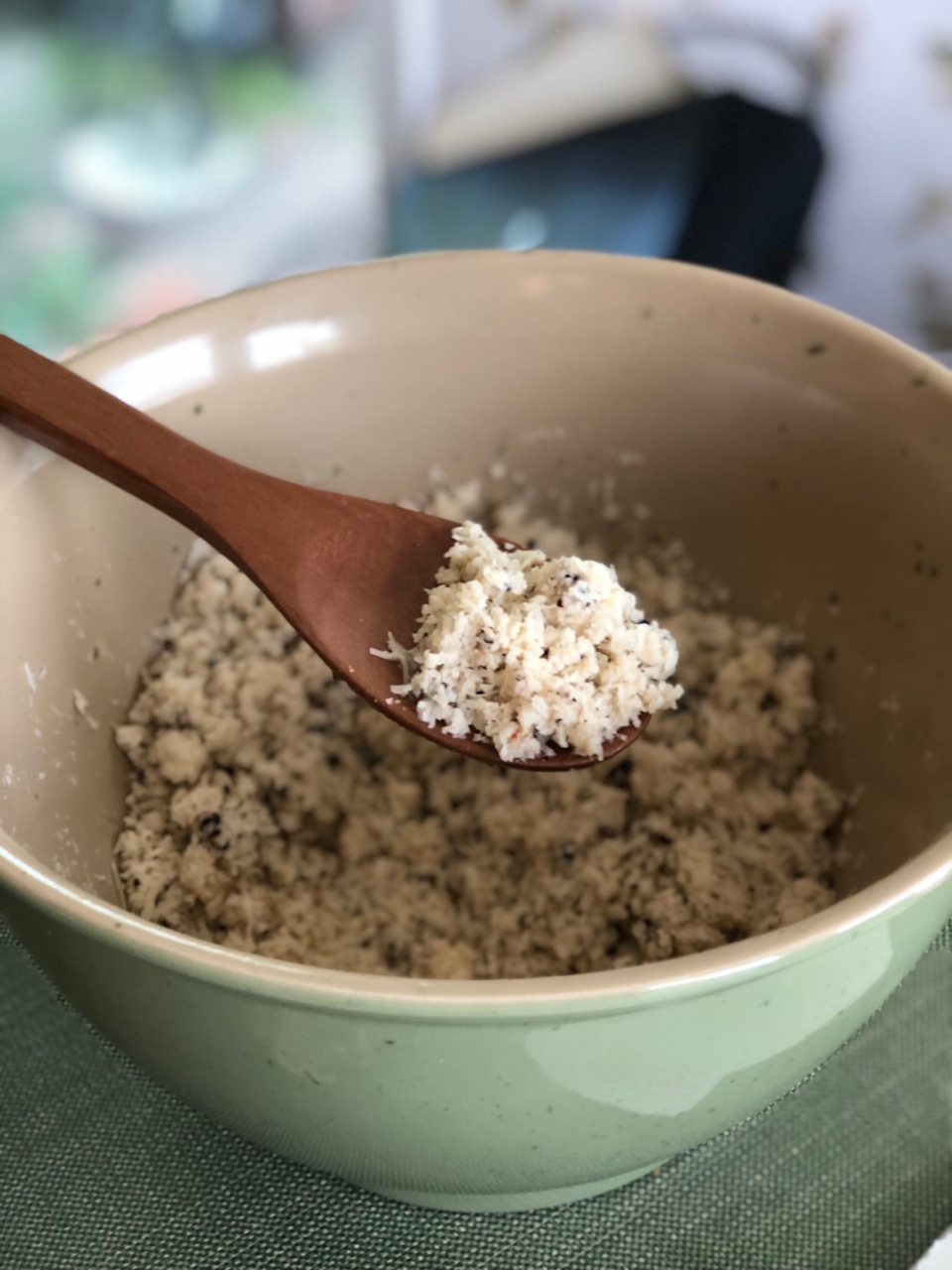
This is how my cheese mixture looked after adding the water!
Once your water comes to a boil and all the salt is dissolved – add 3 ladles to the pepper and cheese mixture. Mix vigorously with a wooden spoon until a paste forms. Kind of the consistency of wet sand.
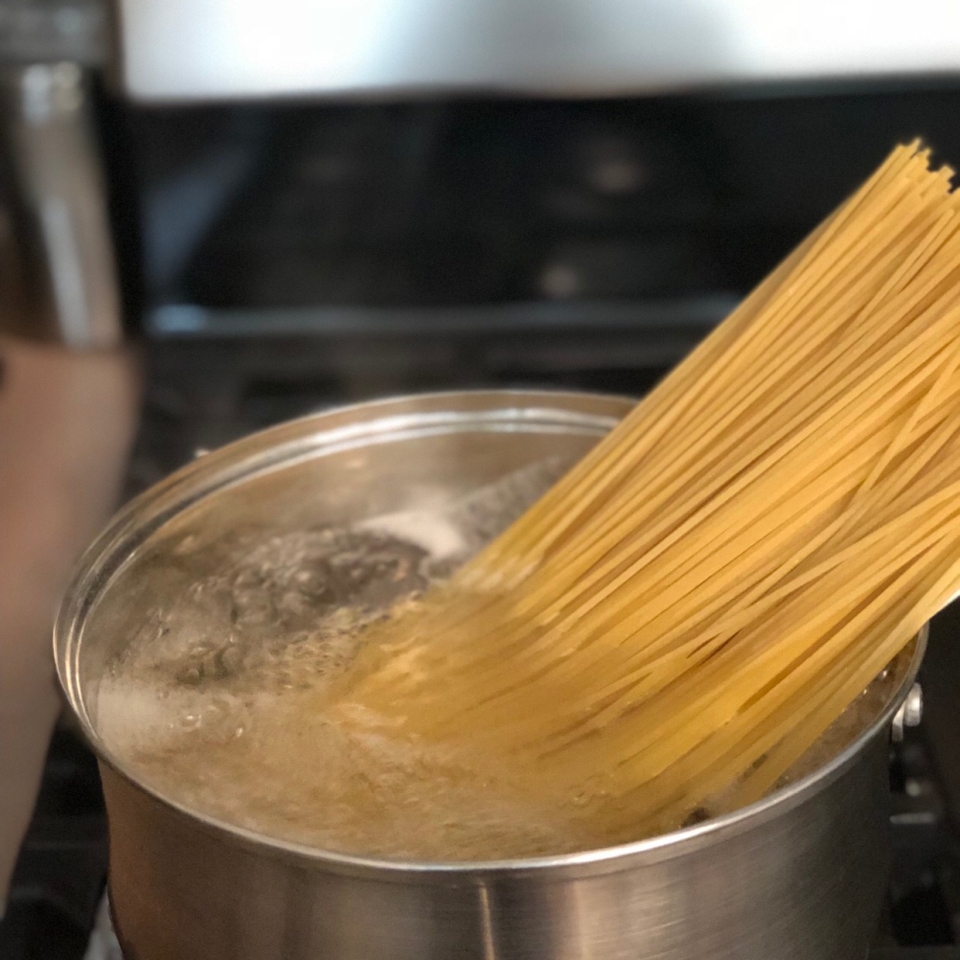
Once you’ve created your paste mixture – cook the spaghetti “al dente” according to package directions then drain. SAVE THE WATER , I REPEAT, SAVE THE WATER. You will need it to prepare the cheese sauce later.
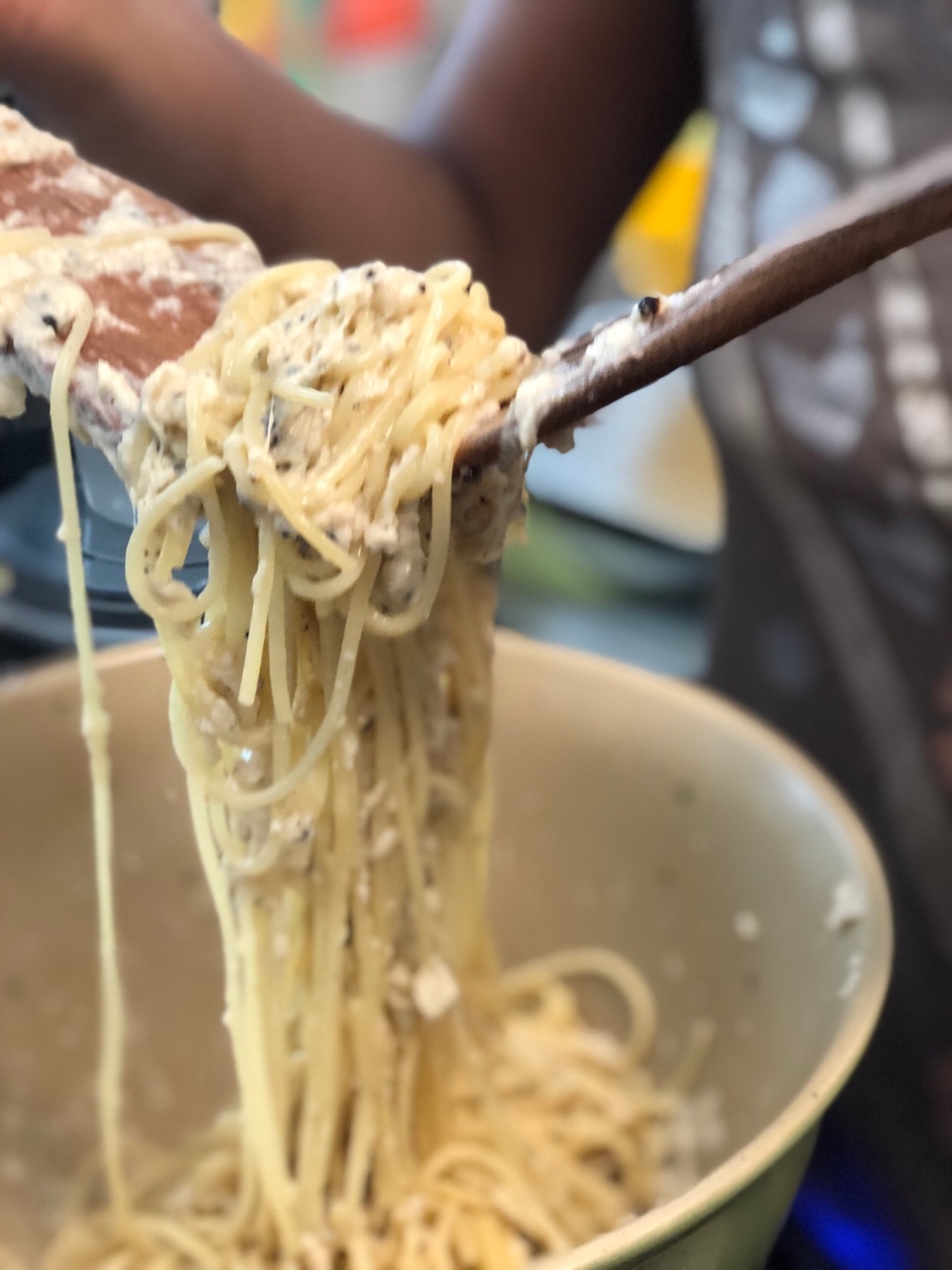
Once the pasta is drained, quickly add the hot noodles to the cheese – pepper mixture and toss. Add pasta water liberally to obtain a sauce like consistency. I mixed vigorously and quickly but I could not get some of the cheese clumps out of my sauce.
Although my sauce wasn’t as velvety smooth as I would have liked, the dish still turned out great! The flavor was delicious and the freshly ground black pepper adds the kick to cut through the delicious briny flavor of the cheese and the al dente noodles gave it a nice bite. I can see why this simple yet delicious dish has earned it’s rightful spot in Italian history. I will definitely be making cacio e pepe again soon! Once again, the recipe is here.
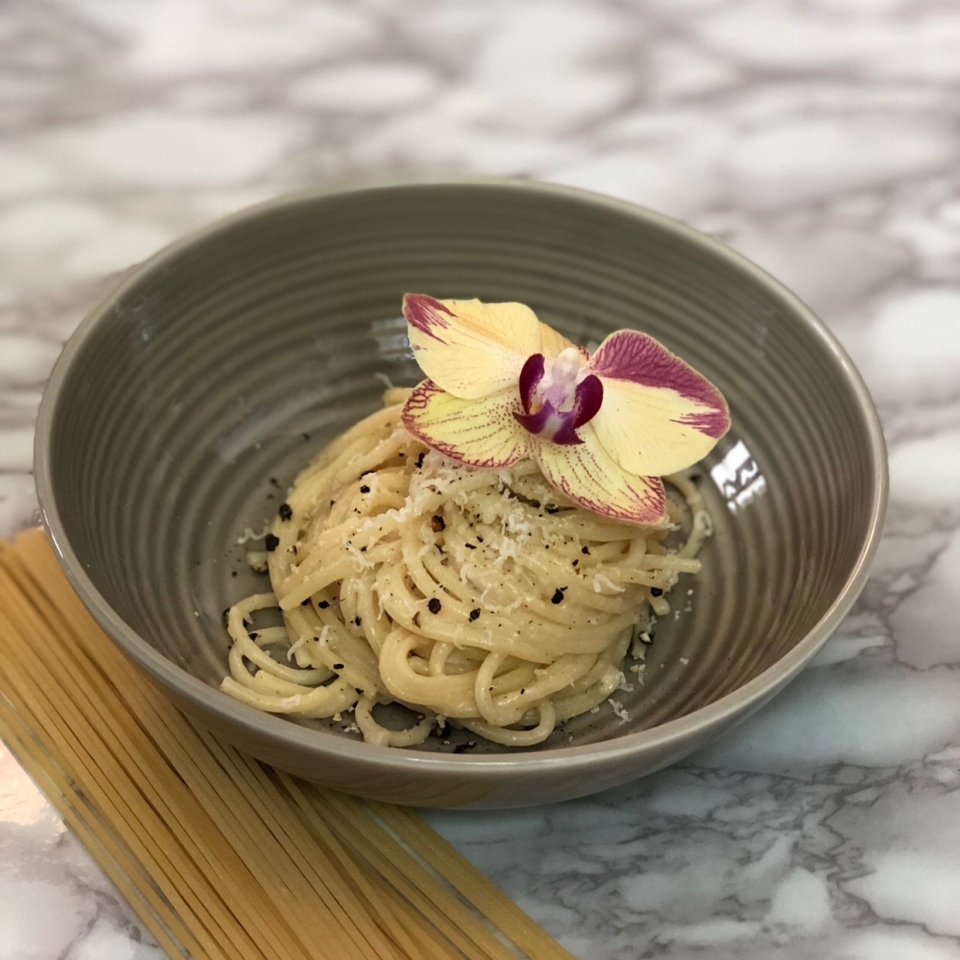

Grazie per aver letto! (Thank you for reading !!)
-Ciao
Sources:
https://www.toscanadivino.com/history-of-cacio-e-pepe/
https://www.eatingitalyfoodtours.com/blog/cacio-e-pepe/
https://www.splendidtable.org/recipes/leonardo-vignoli-s-cacio-e-pepe





One Comment
Pingback: